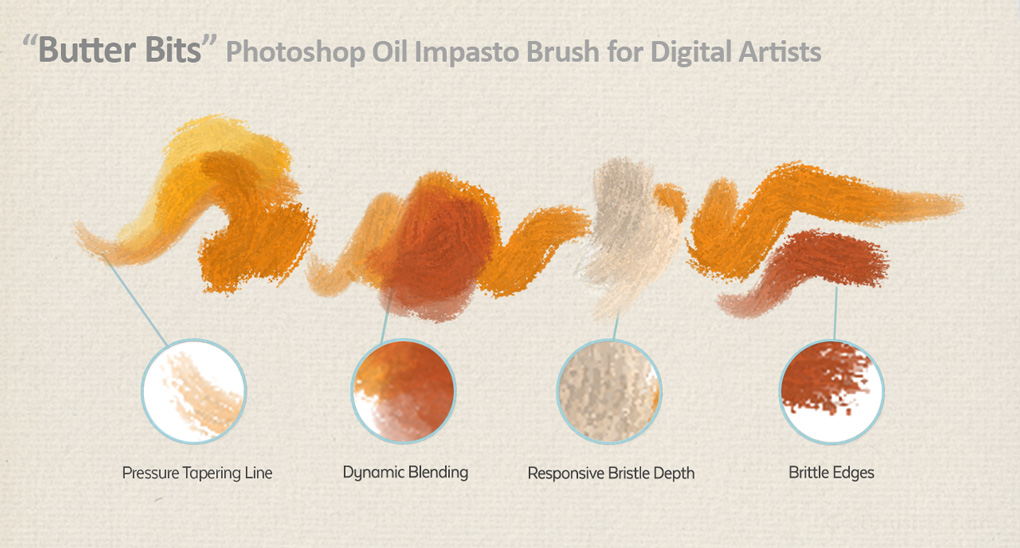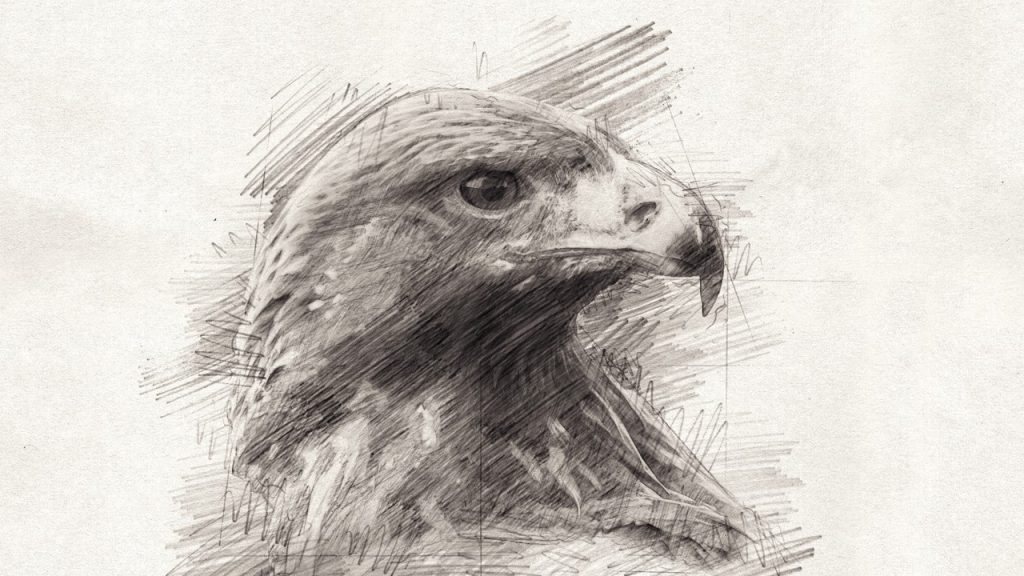

I want the stroke to be exactly as the texture I used as a base, and that result is best achieved with "Subtract". Mode - Check the preview window for the brush and try different modes. When you use the brush later on you might want to change the size depending on the resolution of the image file you will paint in. Use the scale setting and try different sizes. Is the size about right? Now we will fine-tune the size. Â Scale - Create a new layer in the document you have open, and try out a few strokes.
#Digital painting brushes photoshop cs full#
In this tutorial the texture is a grayscale image, so you can use any color you want, but you could also create a more photographic texture and paint it on, in full color! We will open up the texture choice box and select our new, beautiful texture. Time for the most important part of this brush. For example, if you use a pattern of a brick wall, you might just go for a nice and large brush so you can paint your texture with a few, quick, brush strokes. Depending on how you plan to use this brush, you might not even want the pen pressure control activated. We will use these settings only to get the pressure effect you need when using a stylus or "stroke path".

What the tip really will define is not how large the actual pattern will be when you paint, but instead how much of it that will appear when you draw your brush strokes (think of it as painting a mask for the pattern). This brush will mainly use the "Texture" settings to achieve the desired effect so here we will simply select a normal rounded brush tip, with a fair amount of soft edges. Now we have what we need for the first brush. We select the image (make sure you select the edges just right, so the tiling behaves perfectly) and go to "Edit/Define Pattern." in the main menu. The images in that gallery are the ones you can access in the "Texture" setting for a custom brush. After we have deleted everything but the selection, the basic brush shape is ready for action!įirst of, we need to add our tiling pattern to Photoshop's pattern gallery.

The final preparation is now to create a selection circle around an area and use "Select/Feather." on the edge (a setting of 5 pixels was used for the brush below). Easy solution is to simply copy the whole layer and add it as a mask to a completely black one. We then copy our pattern layer and make it transparent (black on transparent). I prefer working with "Filter/Other/Offset." but you can also try out the "Pattern maker" in Photoshop CS. We extract the pattern by reducing colors and tweaking the contrast heavily, until all that is left is a grayscale image (I leave this to you since there are different ways to do it, depending on the image). To have something to work with we take a reference image of some sort (in this case a photo, but it might just as well be a painting or a sketch). Just painting it over a brown surface won't do the trick, but combined with layer blending, color mixing and a few additional brush strokes, you can produce really neat results. The two brushes covered here (variations of the same idea) are good for discreet leather textures. In this tutorial I will go through the process of designing a pattern that you can use as a base, in different ways, for your new brushes. Custom brushes is a somewhat unexplored feature with lots of potential. Custom brushes are probably not the right way to go if you need a pattern for one image only, but a good set of your own brushes can help you in your day-to-day design work.
#Digital painting brushes photoshop cs how to#
If you have no idea really of how to design custom brushes, I suggest you first go through my tutorial "a rough line", where you will design a basic brush and get to know the controls and settings. I'm basing the tutorial on a pattern extracted from a fake-leather photo, used as the main element for your new brushes. Have you ever tried building your own brushes in Photoshop? If you have, this tutorial is designed to let you explore the two concepts of designing your own texture brush and your own shape brush.


 0 kommentar(er)
0 kommentar(er)
